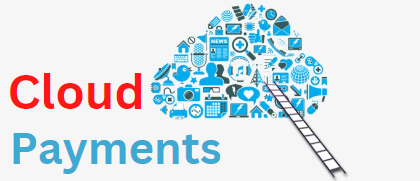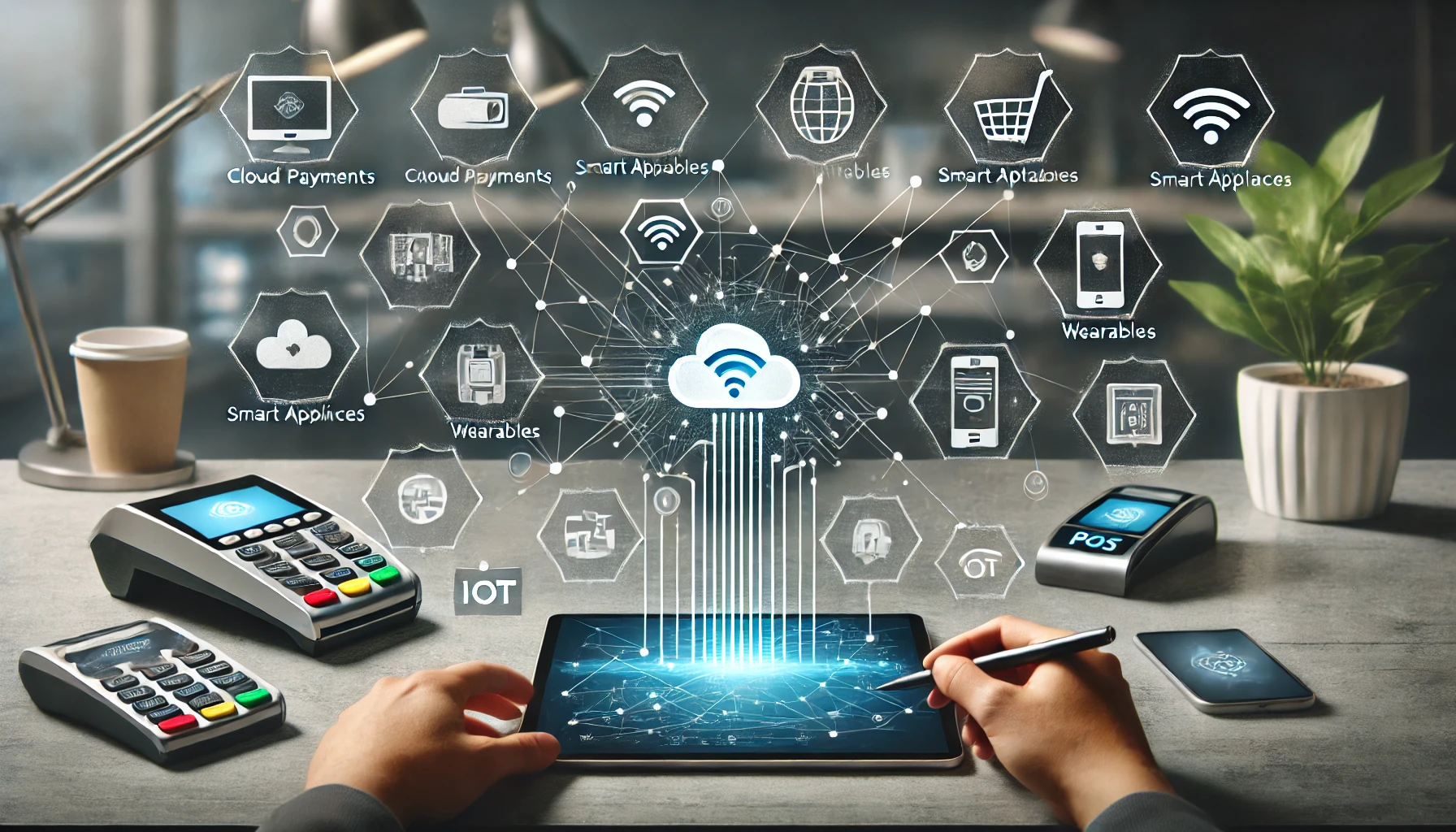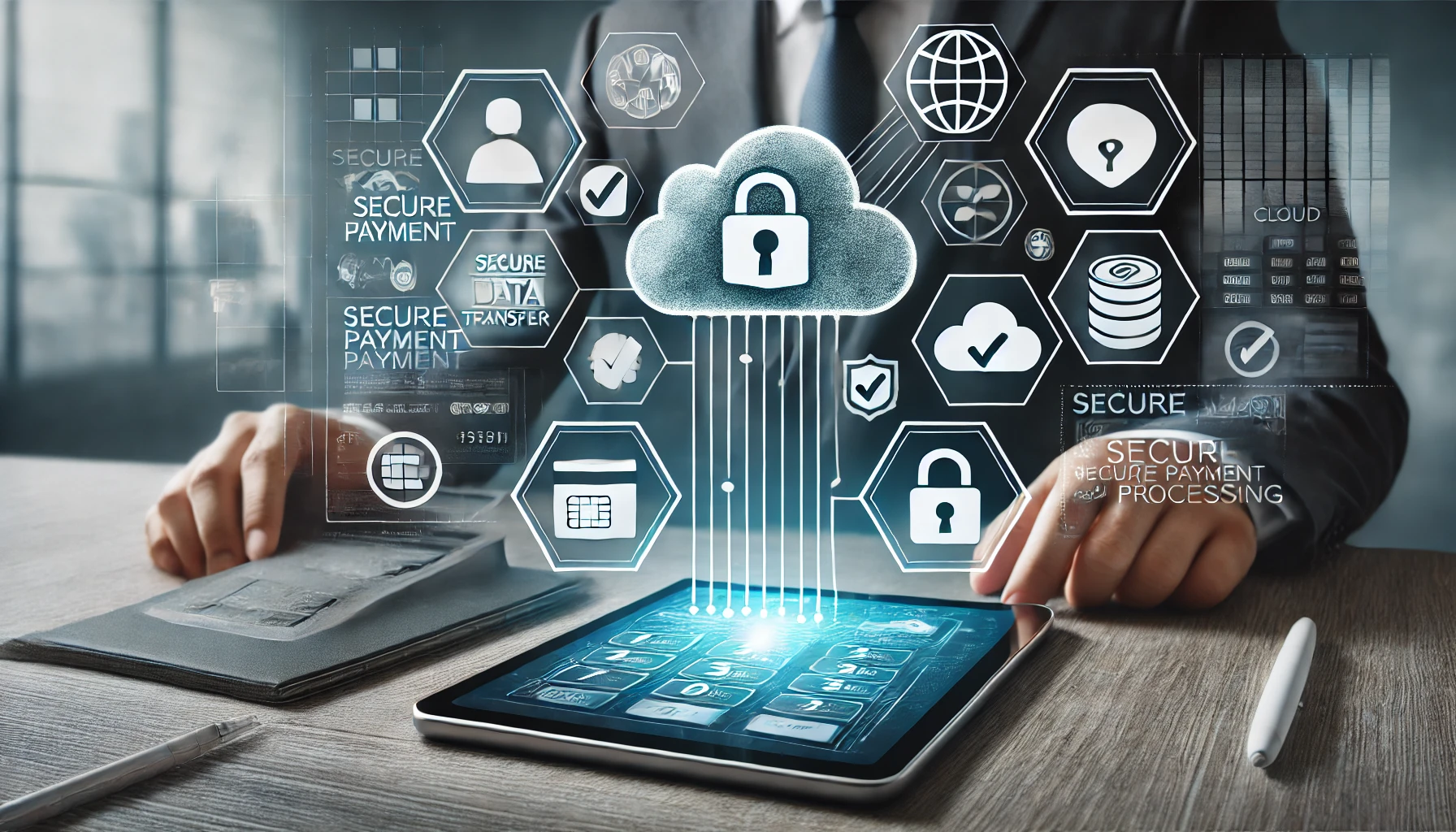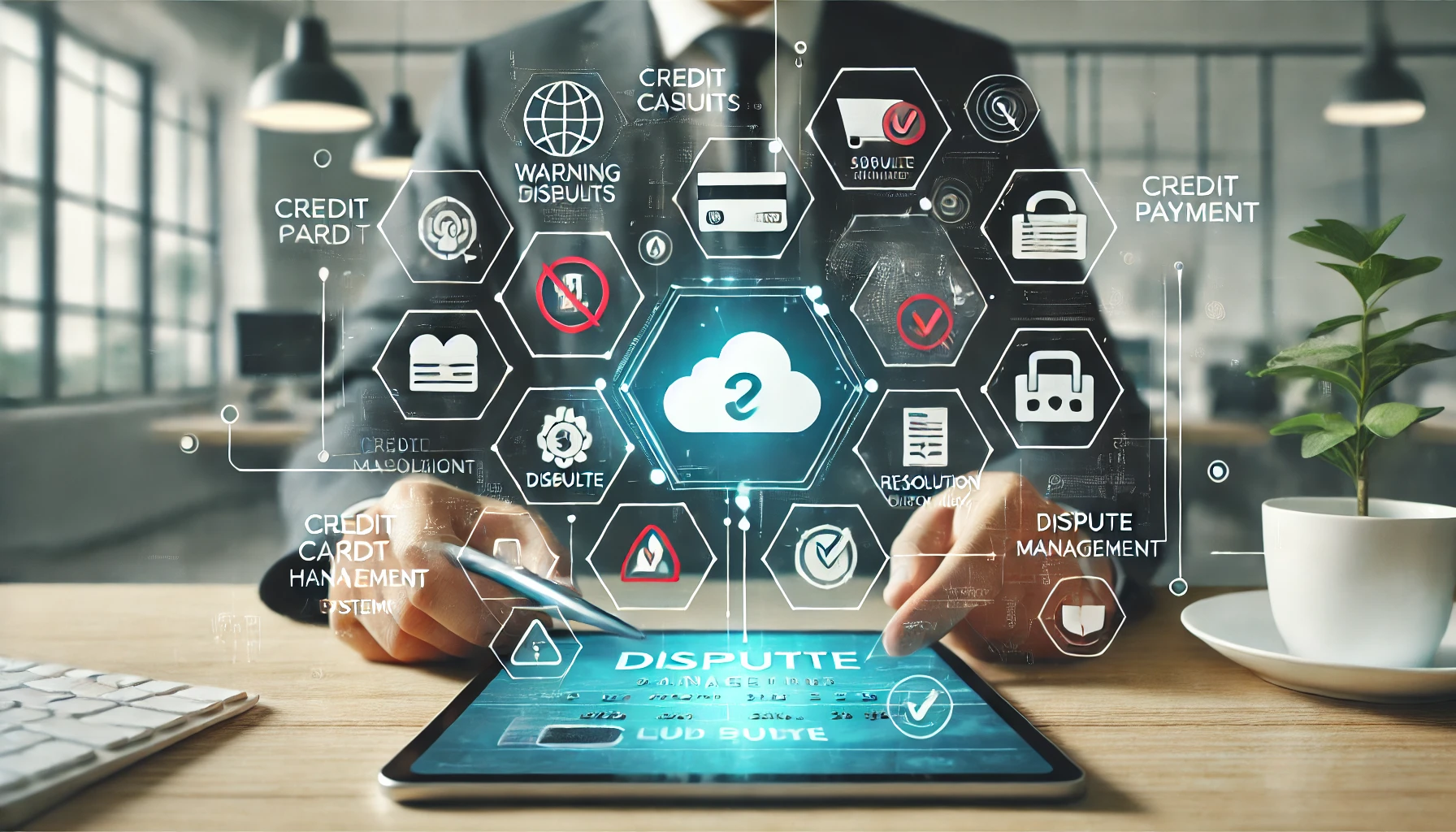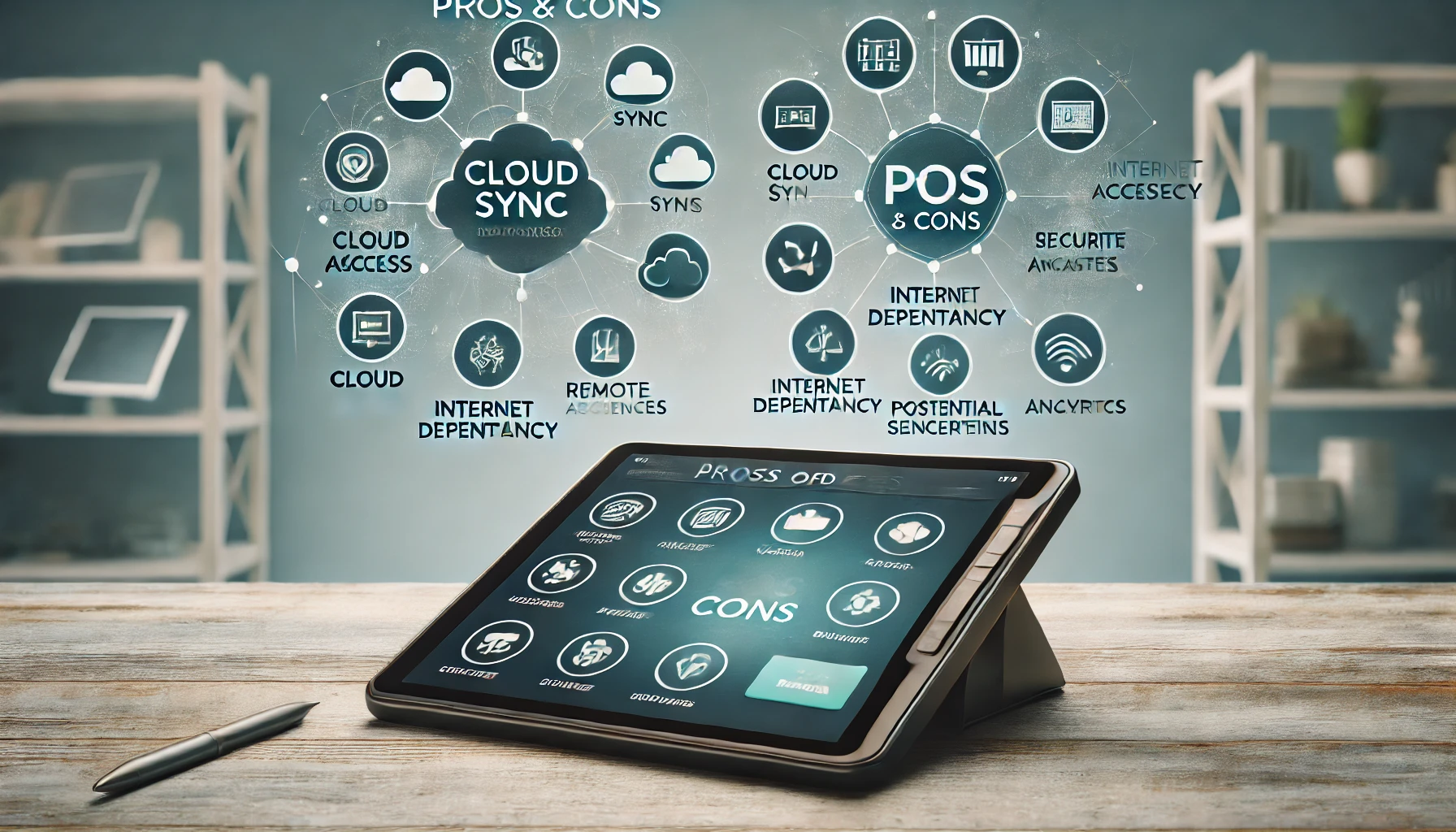Accepting Payments in the Cloud for Your Online Business
Running a business includes customers and taking secure payments. Yet, you may wonder if the payments in the cloud for your online business are a viable option or not. The answer is yes. The payment solutions in the cloud are extremely secure, and they follow the protocols.
What are cloud-based payments?
The cloud refers to servers hosting from outside to pull data. Storing in the cloud the customer data means it is remotely stored in an in-house business server. Storing in the cloud allows you to use an internet connection and access data anywhere.
With cloud-based processing, taking payments from online devices is not tied to a POS system or any physical cash register. Cloud-based payments include online sales and card purchases, contactless.
Features to consider with cloud payment solutions
The cloud payment solutions include cyber security features to consider:
- Leadership team including regular security training and a risk committee for employees.
- Encryption and tokenization to safeguard customer information.
- Regular system scans for Trojan attacks, DDoS attacks, malware, and worms.
- Certifications showing security using the latest software updates.
- Automatic attack responses when detected with issues.
- Adherence with standards of PCI DSS to manage cardholder data
- Multiple defense levels with a layered security model.
The cloud payments systems that are genuine use all the tools ensuring security. These services offer multi-layered cyber defense and a high level of security. Cloud providers store data in over one location as additional protection. Cloud-based payment processing features multiple benefits.
Security measures to take while accepting payments in the cloud
Turn authentication on two-factor
Hacking attacks are increasing, and it is a must to consider two-factor authentication. It helps protect your account from leading fraudulent payments. It safeguards even if your password is stolen or leaked. It is because only users receive a one-time password code to log into a digital site or payment app. It protects from unauthorized access to accounts.
Consider using one-time passwords
Security matters and using one-time passwords as authentication helps implementation. The passwords for one-time keep a check and do not open. The one-time password recipient is the user only, leaving no room for misuse.
Verify payment recipient
A crucial security measure is to practice payment recipient verification. Digital payment systems can get lost or misplaced, as it lacks checking balances. Try sending a payment request to ensure no wrong payments.
Don’t reuse passwords
Credentials stealing and breaching result in a lot of chaos. Stolen data offers access to other accounts that has the same username or password. You may monitor the credentials, stop reusing passwords using free tools and check against updated breached data.
Check financial statements
Consumers, in the majority, fail with the basic measure of security, checking financial statements. Regular checking of financial statements ensures you spot inconsistencies without any delay. You can immediately question an unwanted charge or raise a dispute. It is a basic practice, and doing it is essential.
Use biometric authentication
A secure authentication relies on convenience. Using biometric authentication reduces stolen credit cards chances. As biometric authentication is unique for each person, the chances of stealing through phones are also rare opportunity.
Dedicated method of payment
The security measure refers to keeping a tab on all transactions taking place. Using a payment or credit card method for transactions online keeps you aware of all the payments. Ascertain, your payment method is the same, and check online shopping statements. You can easily identify irregularities.
Double-check QR codes
QR code scanning has become common in many public places. Ensure the QR code is original and not pasted differently, reaching some malicious code. Replacing a QR legitimate code easily with some QR malicious code exposes financial or banking account information on scanning.
Ensure PCI DSS-compliant of the vendor
Ascertain PCI DSS-compliant of the vendor. Having certification at a higher level is better. Developing security standards is crucial so that the vendor follows the trends and maintains certificates of cybersecurity. Consumers should check the security measures of the vendor before paying. It is better to be safe than to feel sorry for any loss.
Be alert if you have linked checking accounts
Consumers use credit card-linked accounts. It enables protection from fraud, but most people fail to check the linked account. Using account-linked services is best as you can have a balance in accounts. However, consumers should safeguard themselves by linking to secondary accounts by maintaining a noticeably low balance. It will help you in getting a glance over your account.
Use trustworthy apps
The mainstream is digital payment, and it is crucial to use trustworthy apps. Enabling security features and notifications means going one step further toward the safety of your transactions. It is a must to check the cards associated notifications with the app, and it allows cross-checking the transactions. It also ensures convenience for folks than security and ends up paying a high price.
Avoid using a debit card
Use a credit card as a regular practice. It means you will not expose your details to the point of sale directly through any transaction. Besides, your money is safe with credit card companies. Credit card companies pay the money with ease. While using a debit card is tricky as your details get into exposure and any fraudulent charge takes 60 days to receive back the money from the bank.
Submit personal information to minimal
Giving minimal personal information is always safe. In case, unnecessary and invasive details are asked, you must think twice before parting with your information. It is because no genuine transactions ask for unnecessary details. It is a sign of risk. Protect identity theft by not giving more personal information.
Opt for SSL encryption
A simple measure of security that every consumer should take is to check the payment page before making the payment in the cloud. Ensure the page is HTTPS-based; it refers to the encryption of transactions. Checking the payment page web address or the URL keeps you safe from reaching and paying on a fraud page.
